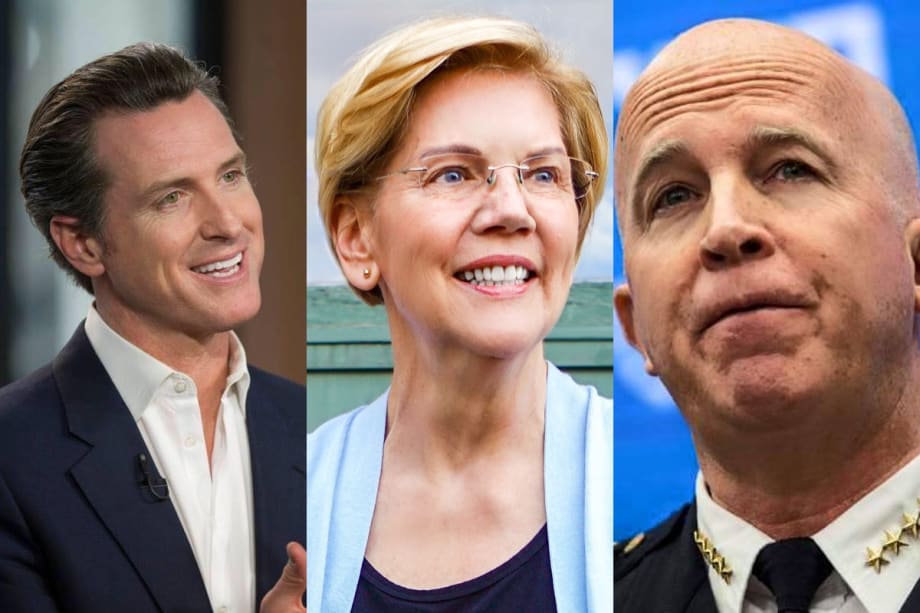Several recent events have police across the country once again talking about how anti-police protesters, politicians, and mainstream press are negatively affecting policies and procedures relating to the justified use of deadly force and the practice of proactive policing in America.
Last week, we reported that a former Missouri lawmaker—who is also a retired police officer—blasted presidential hopeful Elizabeth Warren for a Tweet claiming that Michael Brown was "murdered" in Ferguson five years ago.













